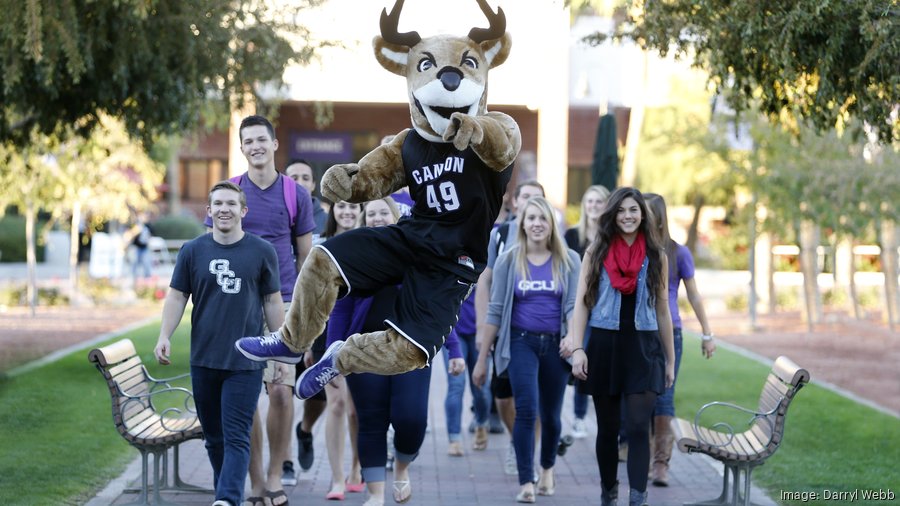A stipulation in the federal Build Back Better spending plan, which narrowly passed the House on Friday, has stirred debate among academic circles.
In an effort to expand access to higher education, the bill proposes increasing the maximum Federal Pell Grant by $550 for students enrolled in public and private, non-profit colleges. Expanding the Pell Grant program, which typically support students with family incomes under $60,000, was widely supported in the higher-ed sector by all kinds and sizes of institutions. What makes the bill controversial is the caveat that Pell Grants, launched in the 1960s and the federal government's largest source of need-based aid for students today, could not be used by students enrolled at for-profit institutions.
For-profit colleges and universities are scrambling to fight back, arguing that the provision would limit opportunities for students, including many low-income and first-generation students, who feel that they could be best served by a proprietary institutions. Sixteen universities received over $100 million in Pell Grant funding for 668,600 students in the 2017-18 academic year, according to the most recent federal data available. The 16 schools include several for-profit giants such as Strayer University, the University of Phoenix and Grand Canyon University. In addition, more than 900 colleges in 2018 reported that 100% of its respective full-time, first-time undergraduates received Pell Grants, including dozens of for-profit cosmetology and technical schools, according to federal data.
Jason Altmire, president of Career Education Colleges and Universities, which represents about 600 for-profit schools in the country, said that the Federal Pell Grant Program was designed to be portable. Students fills out their FAFSA form to find out whether they qualify for federal aid, and how much they qualify for, and they typically take that money to whichever institution they choose, he added.
“What this legislation does is discriminate against students who have who have attended a proprietary school because they've made the determination that their school is the best setting for them to pursue their higher education,” Altmire said. “And there's a lot of reasons why that could be — more flexibility, time to completion, a comfort level with having visited the school and talked to the administrators or whatever the decision is — why should a politician in Washington tell a student where they can and can't use their Pell Grant money?”
Meanwhile, proponents of the bill’s language cite “predatory” behavior from some for-profit schools and poor student outcomes. A coalition of 26 organizations and individuals “working on behalf of students, veterans, faculty and staff, civil rights advocates, researchers, and others concerned about career education programs that leave students with debts they cannot afford,” wrote a letter in support of the language excluding for-profit colleges from the Pell Grant expansion on Wednesday to House Speaker Nancy Pelosi and Senate Majority Leader Chuck Schumer.
“The approach taken in the Build Back Better Act will focus new Pell grant investments in a simple and effective way that will reduce waste, fraud, and abuse,” the letter wrote. “The Build Back Better bill makes an appropriate decision to direct the Pell grant increase in a manner that maximizes federal resources.”
A separate letter sent earlier this month by 13 Democratic lawmakers urged House leaders to reconsider the exclusion of for-profit schools from the Pell Grant expansion.
“Make no mistake, this proposal hurts students, not institutions,” the 13 lawmakers wrote. “And worse yet, the proposal will have a disparate impact on minority and first-generation students, which runs contrary to the policy goals of the Build Back Better agenda.
The National Association of Student Financial Aid also expressed concerns in an Oct. 21 statement about the exclusion of proprietary schools because it would add a “new complexity to a financial aid system on the verge of much-needed simplification.”
“The best place to address concerns about institutional quality at some proprietary institutions should be in the institutional eligibility and accountability provisions in the Higher Education Act, not by making programmatic changes that add complexities to students,” NASFAA wrote.
Altmire said that for-profit schools plan to continue making their voices heard as Congress finalizes the bill.
“I'm optimistic that that provision will not survive if this bill is enacted,” Altmire said. “We are going to continue to have these conversations both in the House and when it moves over to the Senate about why this is unfair for students.”
When asked about the critiques of non-profit colleges, Altmire said that CECU supports holding all schools accountable but this particular debate should be about helping all students.
“If you believe that schools should be held accountable to outcomes, which we agree with, and you believe that students should be protected, which we also agree with, just apply those rules to all schools in all sectors,” Altmire said. “Make the rules a level playing field for everybody in higher education.”





